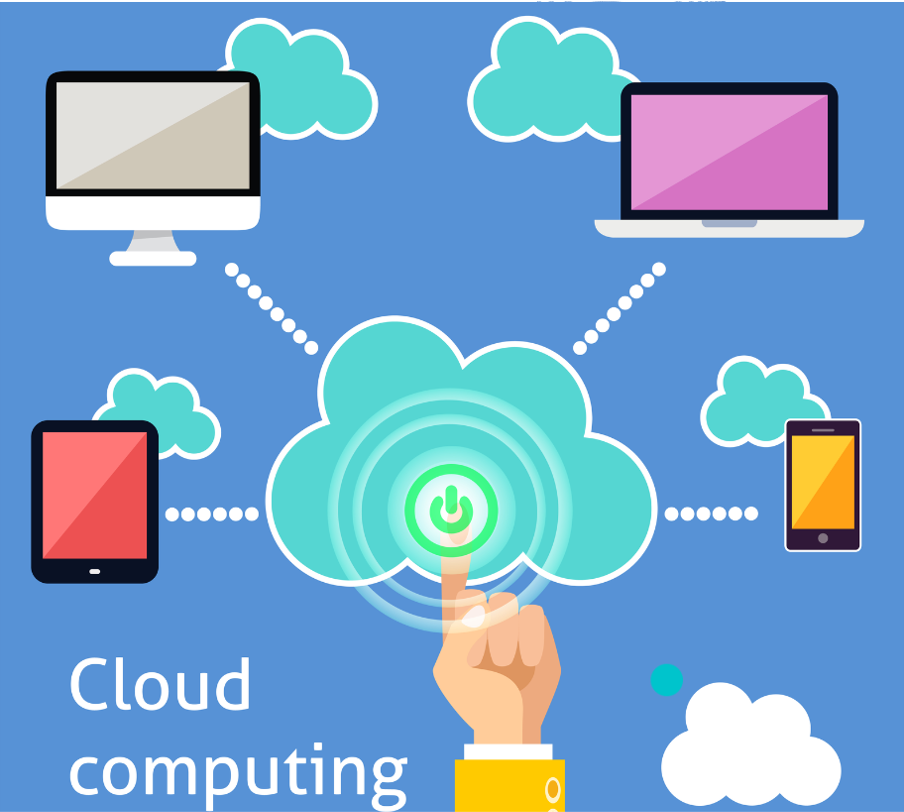
Advantages of Cloud Computing

Edge Computing
Edge Computing is a distributed computing architecture that brings computing and data storage closer to the source of data. Edge computing facilitates real-time decision-making by processing data close to the edge and accelerating data transfer to and from the cloud. IoT devices, automated vehicles, and augmented reality/virtual reality (AR/VR) systems require low latency benefits, particularly from edge computing.
Advantages of Edge Computing
Reduced Latency: Edge Computing makes it possible to process and analyze data more quickly at the point of origin, which cuts down on the time it takes for data to be transported to the cloud and back. Due to the huge reduction in latency, this is perfect for real-time decision-making applications like robotics, industrial automation, and automated cars.
Increased Security: By enabling data processing and analysis close to the data’s origin and reducing the quantity of data that must be transferred to the cloud, edge computing can increase security. As a result, it is more difficult for hackers to hack the system because the attack surface and potential vulnerabilities are reduced.
Greater Bandwidth Efficiency: By enabling local data processing and analysis, edge computing can lessen the quantity of data that needs to be transported to the cloud. Better bandwidth efficiency as a result can lower data transmission costs and enable quicker processing.
Disadvantages of Edge Computing
Low Processing Power: With compared to cloud computing infrastructure, edge computing devices often have less processing power and storage space. The types of apps that can be used on edge devices may be constrained as a result.
Increased Complexity: Edge computing implementation can be trickier than standard cloud computing strategies. This is due to the requirement of edge computing, which can be difficult to manage and maintain, to install processing and storage resources closer to the source.
Increased Costs: In terms of hardware and maintenance costs, edge computing can be more expensive than cloud computing. This is because Edge Computing necessitates the deployment of processing and storage resources across several numbers which can be more expensive to set up and maintain.
Cloud Computing
Cloud Computing is a model for delivering information technology services over the internet. Users can now access and use shared pools of reconfigurable computing resources, including as servers, storage, databases, OS, and applications, without worrying about maintaining the underlying infrastructure.
Advantages of Cloud Computing
- Scalability: Without having to invest in pricey hardware, cloud computing enables businesses to effortlessly scale up or down their computer capabilities as needed. This enhances an organization’s agility and enables swift responses to shift business requirements.
- Cost-Effectiveness: For small and medium-sized organizations in particular, cloud computing can be more affordable than traditional computer methods. This is because economies of scale allow cloud companies to offer computing power at a reduced price.
- High Availability: Cloud computing is capable of providing high availability, and most cloud providers offer uptime guarantees of a specific standard. This makes it perfect for applications that need constant availability, such as online stores or banking services.
Disadvantages of Cloud Computing
- Security Risks: Cloud computing can create additional security concerns, especially if the security precautions taken by the cloud provider are moderate. Data leaks, unauthorized access, and other cyber-attacks fall under this category.
- Dependent Internet Connectivity: Internet connectivity is necessary for cloud computing to access computing resources and data. If the internet connection is inconsistent or slow, this could be a drawback as it could result in lost productivity or stopped service.
- Restricted Control: The rate of control that companies have over their computing resources and data may be limited as a result of cloud computing. Because they depend on cloud service providers to manage and maintain their computer infrastructure, businesses may not be able to fully personalize and improve their systems.